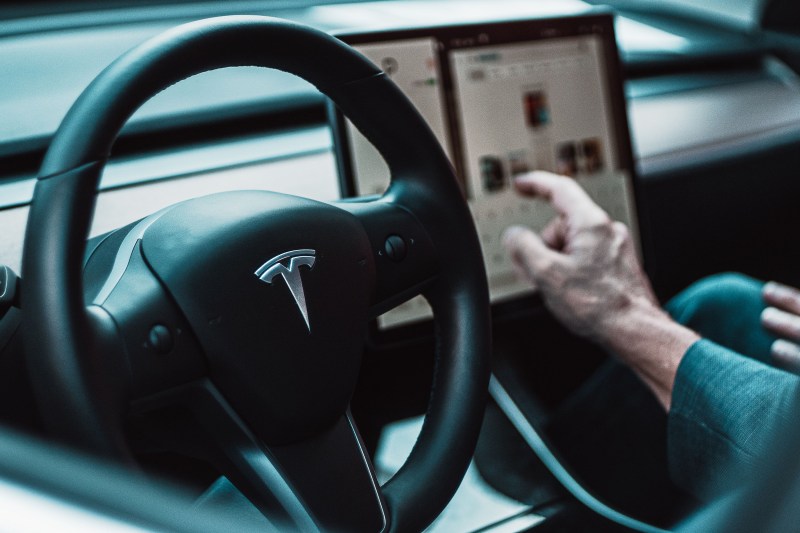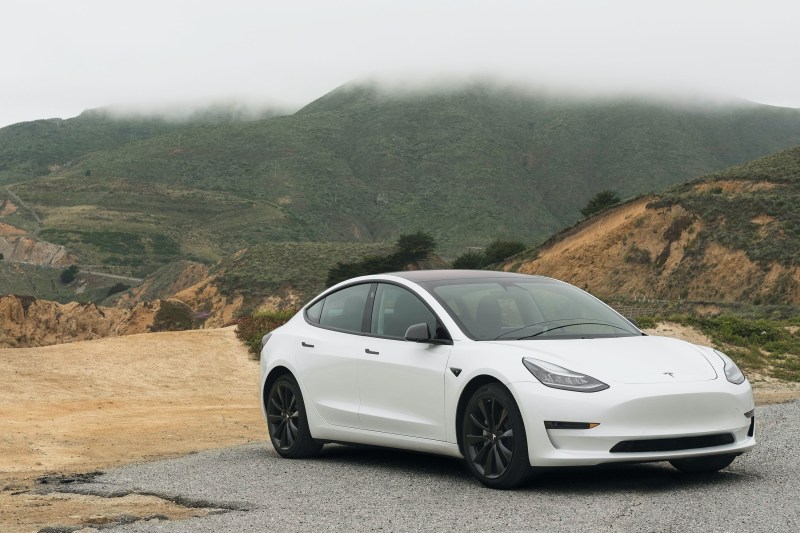
Tesla owners tend to get a lot of hate, even more than drivers of most other luxury vehicles, like the former brand with the most hated drivers, BMW. And according to a recent study, at least some of that hate may be justified. Jerry, an AI-powered car insurance broker and auto refinancing service, examined safety scores and other data from 10 million car trips taken by 62,000 drivers, including 30,000 trips by 228 Tesla drivers. The study considered overall safety scores and acceleration, braking, turning, and speed data. Here’s what they learned about who Tesla drivers are and how they drive.

Who are Tesla owners?
According to the data Jerry found, when you consider who’s the owner of a Tesla, the result is overwhelmingly male. Eighty-three percent of drivers were men, compared to 49% of drivers for all other vehicles. Tesla owners are also typically younger; around 70% of drivers are 34 or younger, falling primarily into the millennial and Gen Z generations.
They also found that Tesla drivers were also more educated on average and earned a higher income. One-third of all Tesla drivers have either a master’s degree or a Ph.D. (compared to 13% of the general population). Engineers, managers of operations, and software engineers were among the most common occupations of Tesla owners.
Less safe, but less distracted
Overall, researchers found that Tesla owners are less safe on the road than drivers of other vehicle models. When it comes to acceleration safety, Tesla motorists scored worse than 98% of all drivers. They attributed this fact to Tesla’s “Insane,” “Ludicrous,” and “Plaid” modes (yes, the names were inspired by the classic Mel Brooks film Spaceballs). These modes allow cars to accelerate quickly—but sudden speed bursts lower acceleration safety scores.
Jerry also found that Tesla owners scored below average for speed scores and overall safety. Speed scores look at the driver’s speed relative to the speed limit. However, the lower-than-average scores may not be very significant as Tesla drivers’ average and average top speeds were lower than non-Tesla drivers. The differences in overall safety averages were minimal as well.
The one area where Tesla owners did better than others was distraction, which looks at how frequently drivers handle their smartphones while behind the wheel; the fewer times the device is handled, the higher the score. Tesla drivers were ranked 10th out of the 52 car brands Jerry looked at. This data, however, fails to consider the 15-inch touchscreen that comes standard in Tesla cars, which could also be a distraction, and would not factor into the distraction score in this study.

Autopilot issues
Another safety issue that has surrounded Teslas and their drivers is the use of the autopilot feature. According to data from the National Highway Traffic Safety Administration, there have been over 730 crashes involving Teslas using the autopilot feature since 2019.
The Tesla autopilot system allows drivers to turn the driving of the car over to its onboard computer. Tesla doesn’t advise drivers to completely cede control, however, it tells owners to keep their hands on the steering wheel at all times, stay observant of road conditions, and be ready to take immediate action. The car has a monitoring system to warn the driver to keep their hands on the wheel, but there is no way of ensuring that drivers comply. A study from MIT showed that drivers using the autopilot feature tended to be more distracted and look away from the road than drivers who didn’t use the feature.



